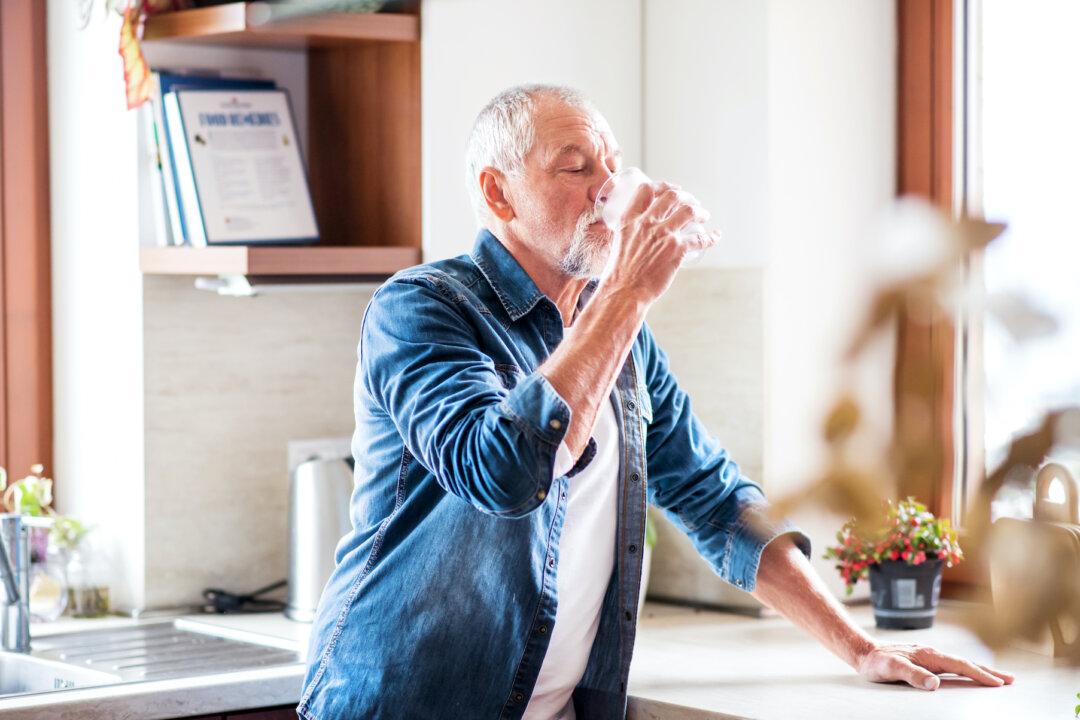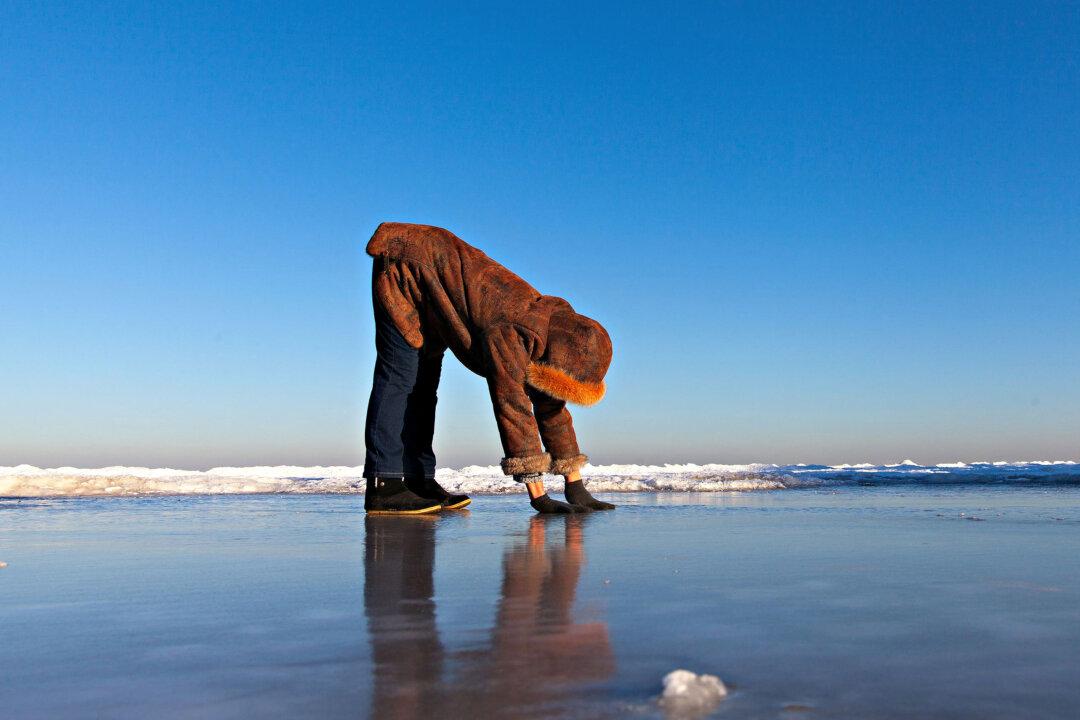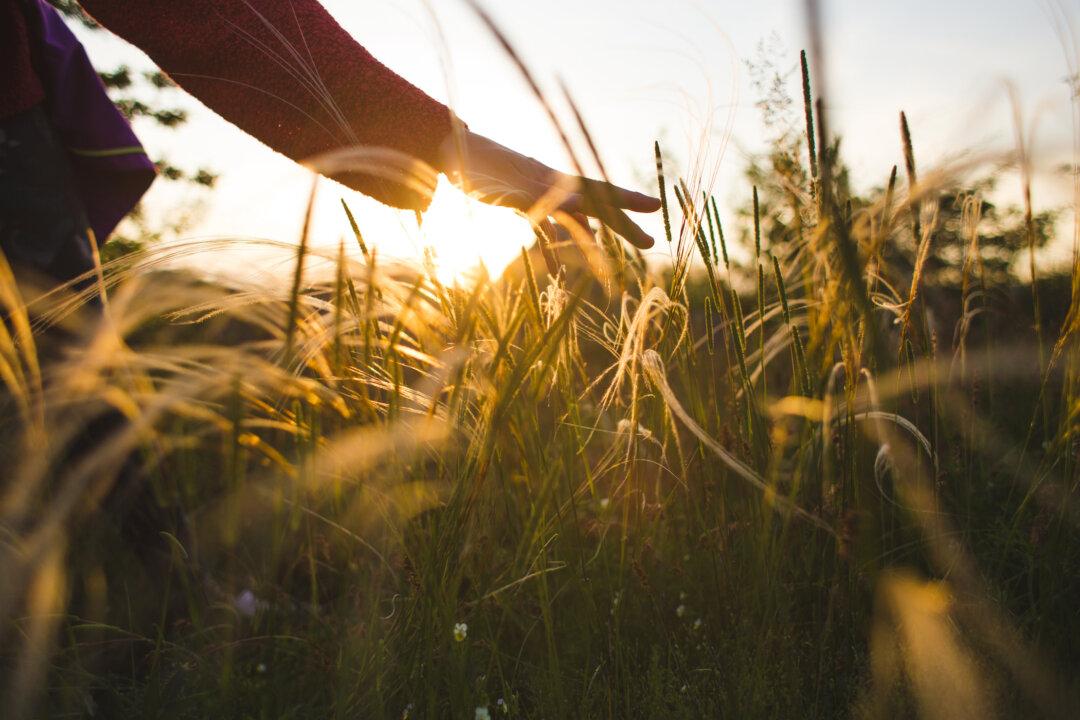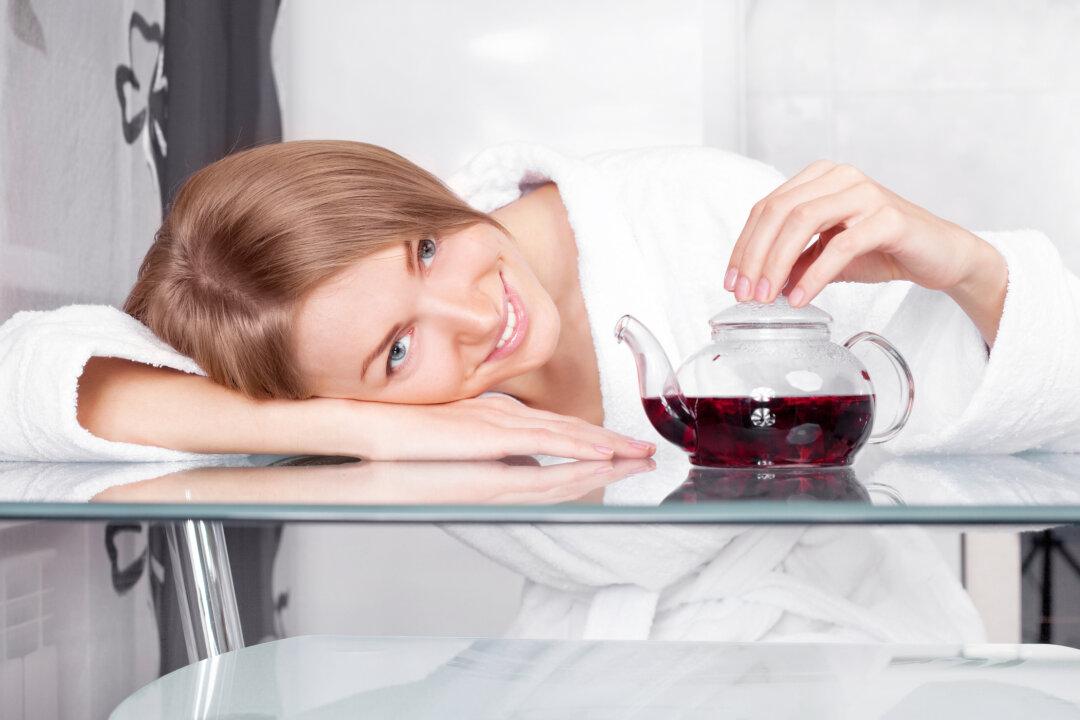A few weeks ago, I woke up in the middle of the night with a really dry mouth. My dentist had recommended a dry mouth spray for such occurrences, so I reached out in the dark and took a couple of blasts of the spray, only to realize that what I had used was lavender air freshener instead. Gross! Luckily I was able to go right back to sleep, maybe because lavender is known for its relaxing properties.
The point is that water is an issue for me, and it’s too important of a nutrient not to be getting enough of it. In fact, it’s considered to be an essential nutrient because your body needs more water than it can ever produce on its own. Think about it: You lose water every day through evaporation, elimination, respiration, and perspiration. You can live for quite a long time without food, but only for about three days without water. Here are a few of the things that water does for you:





